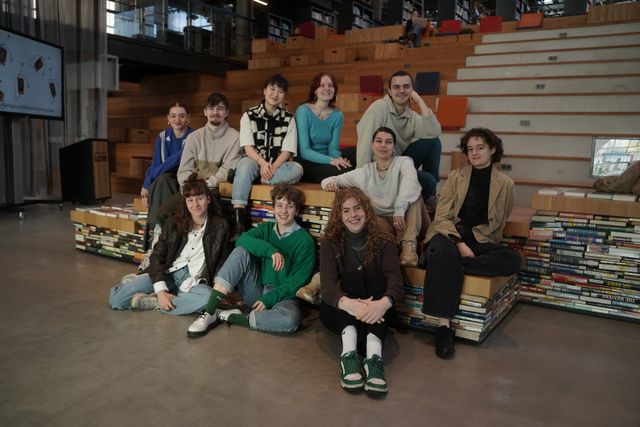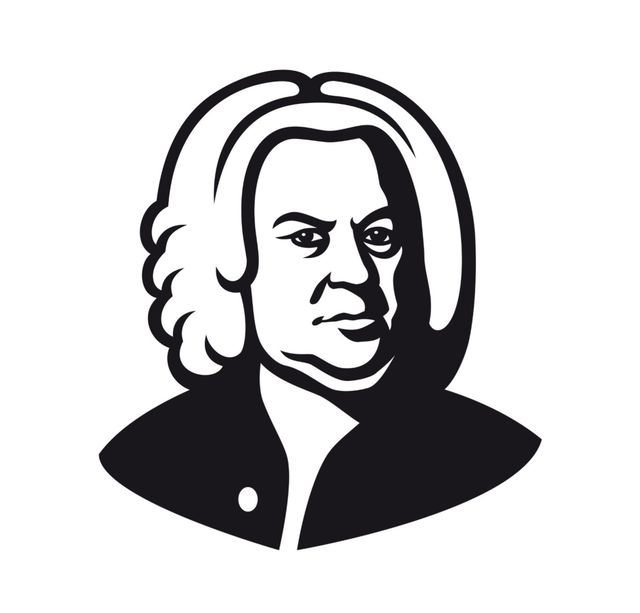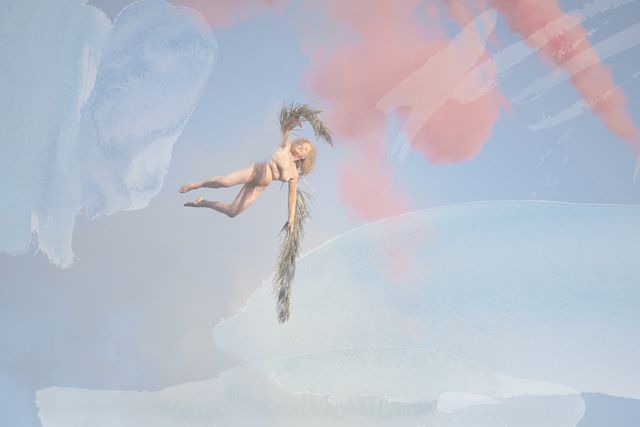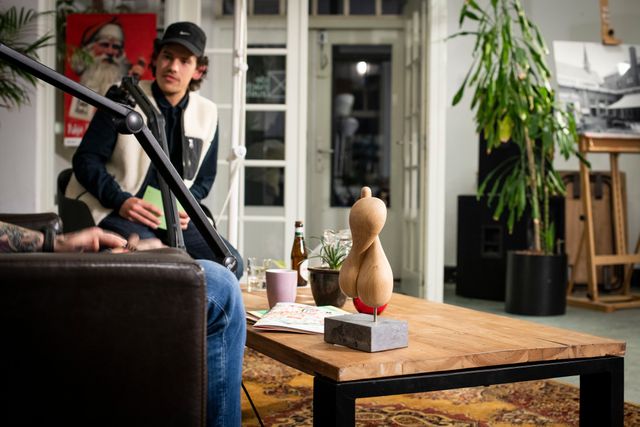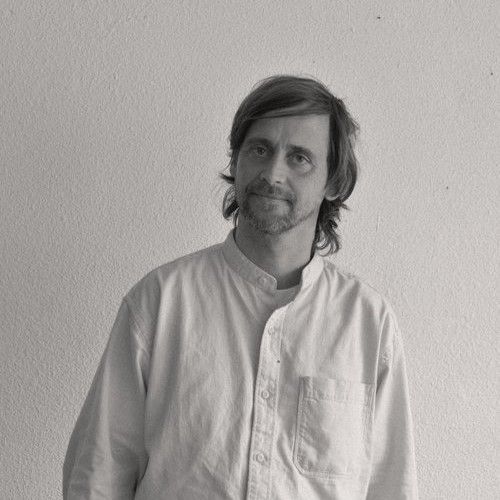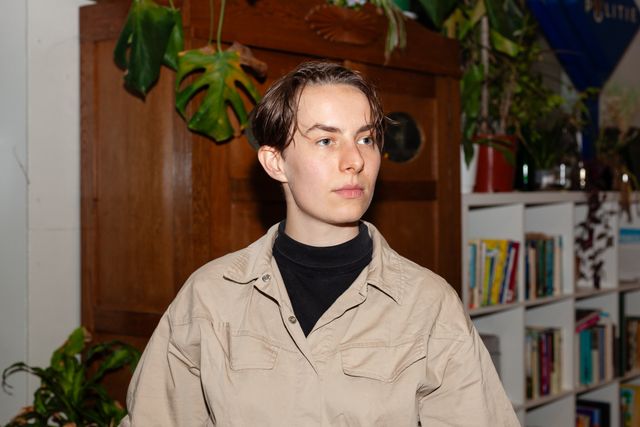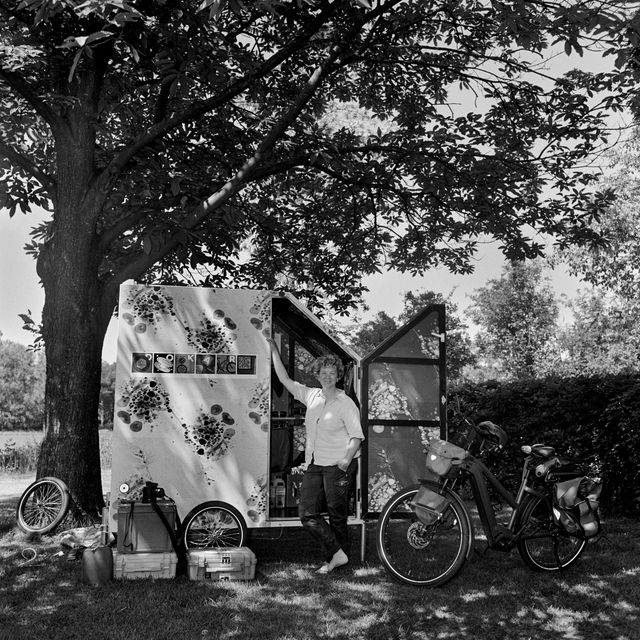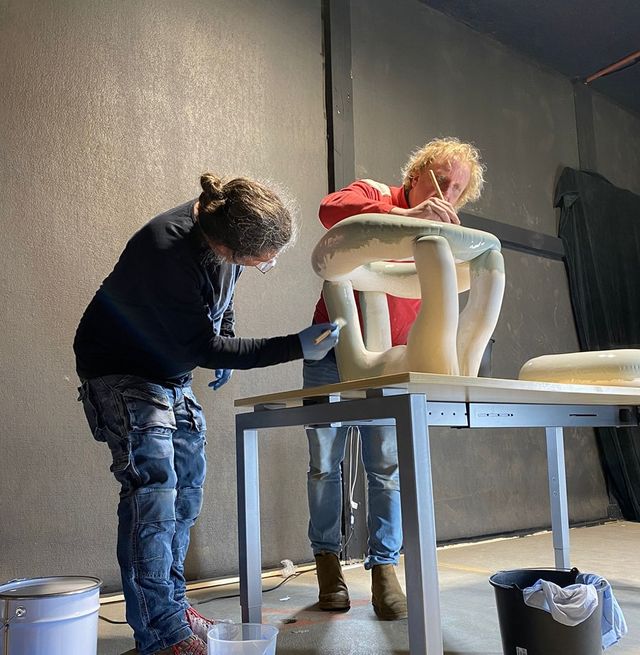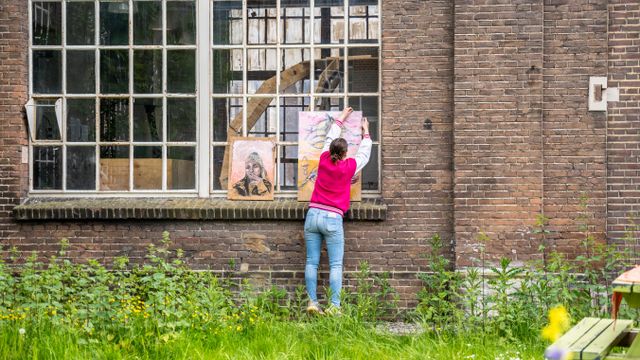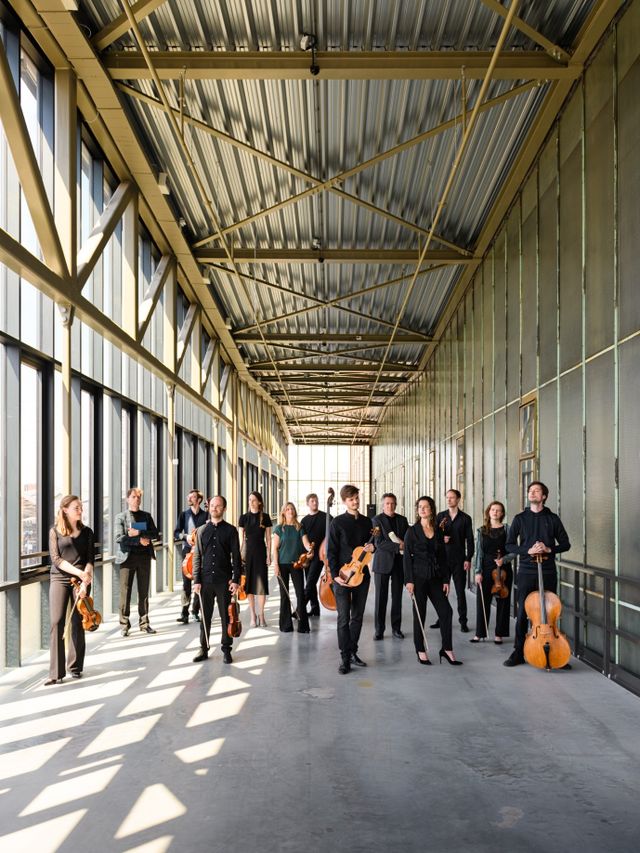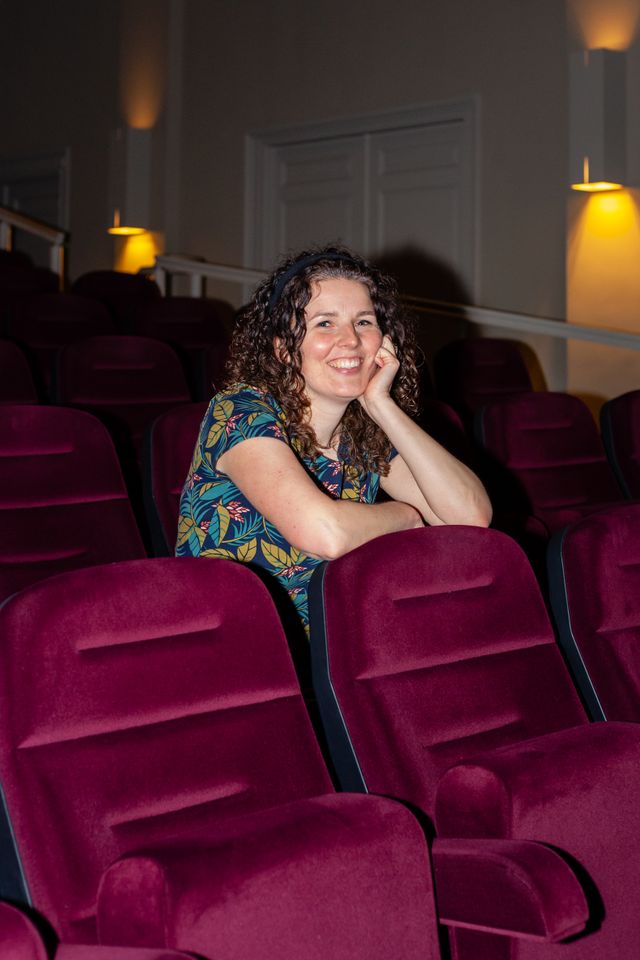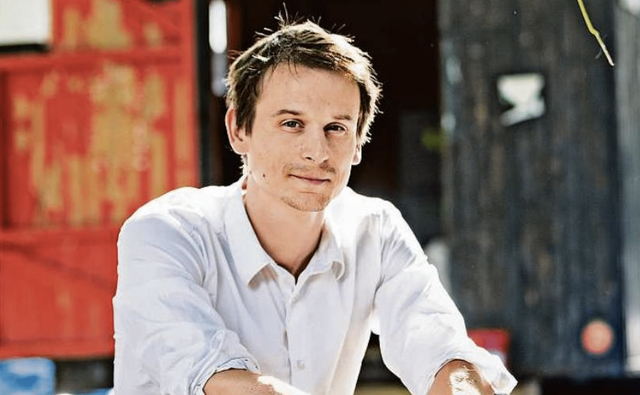Kesha Felipa
Click here to read this article in Dutch!
Could you introduce yourself?
Hello, I am Kesha Felipa (she/her), 35 years old and living in Breda. Last June, I completed my course in Teaching Fine Arts and Design Part-time Shortened cum laude. I also won the Jacques de Leeuw Prize 2022 for the Education category in June. Before that, I graduated from ArtEZ (Master Fashion Strategy) and Amsterdam Fashion Institute (AMFI).
So my creative background is fashion design, but at the moment I study it more than I create fashion items myself. In the past, I did work as a so-called junior stylist at Dutch retailers, but something really bothered me in the work field. Actually several things: the factory work as a stylist/designer, prejudice, exclusion based on your background or place of residence. Plus with time, I started thinking more and more about what I saw and experienced at AMFI. But I thought that had to do with me, the fuss in the media about AMFI. That AMFI and fashion experience became my sources of inspiration to do the teacher training, namely that there are perspectives missing in teacher teams within creative studies. So that was also my starting point for my graduation project at Academy of Fine Arts (ABV) within FHK. I abandoned the Western perspective and art canon. I went back to my roots (The Caribbean; ABC Islands) and looked for my inspiration in hip-hop storytelling which is very much akin to the way of storytelling brought by enslaved people from Africa to the Caribbean and United States.
When it comes to what kind of maker I am, I have gone from being a purely applied (fashion and graphic) designer/illustrator to a hybrid form of artistry. For me, there is also no question: am I a teaching artist or a teacher who also makes art? The two elements are intertwined that there is often no distinction. I mix all kinds of media such as illustration, video to arrive at a visual story. Fashion is definitely still a big protagonist in that besides music and (drawing) films. For the Jacques de Leeuw show, based on Kendrick Lamar's song United by Grief (2022), I created a video installation where dancer Leonarda Lovrekovic (JdL nominee in the field of Dance) entered into a dialogue about cultural identity through dance. Something that is also a hallmark of Lamar within his music. Here I was an artist and teacher in one.
Why did you choose to (continue) study at the FHK?
I chose the DBKV programme at the FHK, especially for the location: not far from Breda. The teaching days were also favourable within this part-time course. Plus it was a programme I heard a lot of good things about and is open to intercultural art education. During the open day, my conversation with one of the teachers of the Part-time Short Course was pleasant and open.
In September 2022, I started the Master of Arts Education at FHK. Two reasons: I was only able to study a fraction within my DBKV thesis paper on cultural identity and perspective. I previewed by making recommendations on why there should be a digital art education platform on perspectives. I launched that under the name Beyond The Cool. Cool is typically a word we use every day, but comes from the Afro-American community as an expression and an attitude to let all the negativity and backlash slip away. And reflected in clothing, dance and music. Cool came into vogue after a new jazz movement was created by black jazz musicians in the 1930s after Swing (or Hot Jazz): Cool Jazz. One of the main people we know responsible for that Cool Jazz was Miles Davis. This coolness really became a hallmark of BIPOC communities when it came to youth cultures. When Rock 'n Roll became known to the general public through a white Elvis, black youths would go back to creating something new until it was again appropriated by the masses. And where the creators themselves were sidelined. This phenomenon, where the original roots of black music, youth and art movements disappeared and are therefore still not, hardly or not correctly offered in art education within VO, MBO and HBO is the namesake of the platform. The second reason is that my graduation supervisors see a future in this platform and recommended the master, because within the master I get the space and time to develop it further.
Kesha Felipa
-
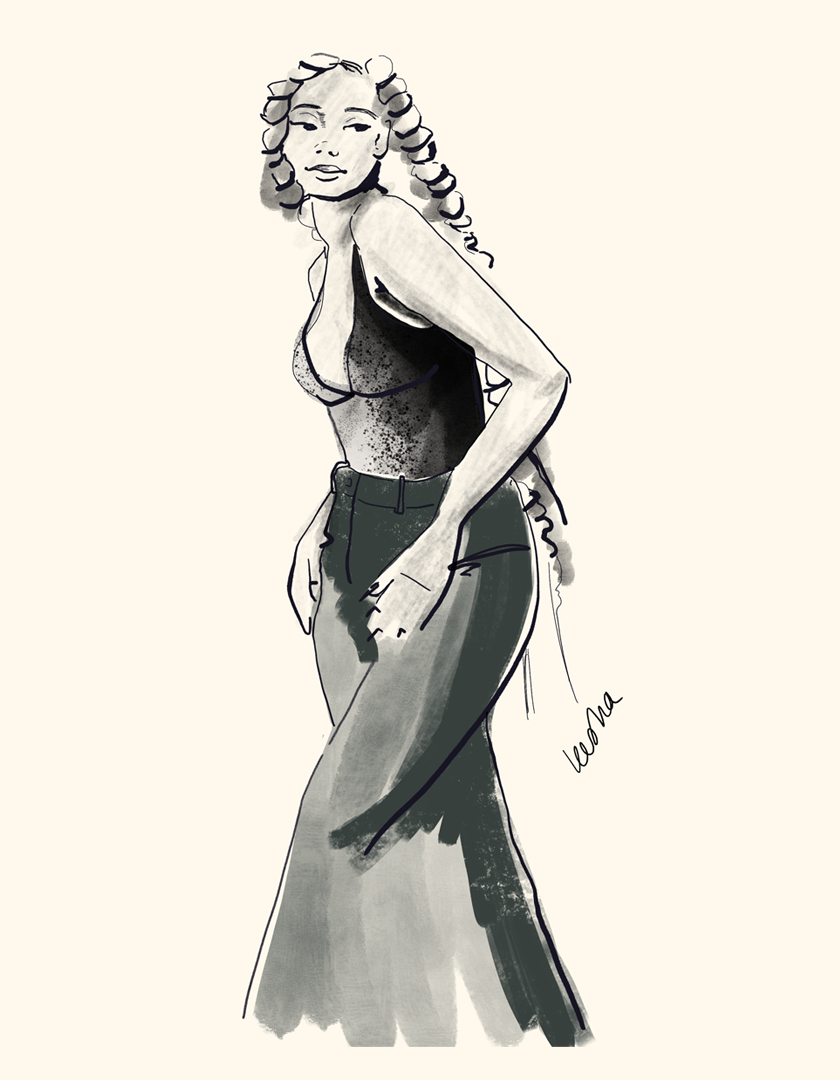
-

-
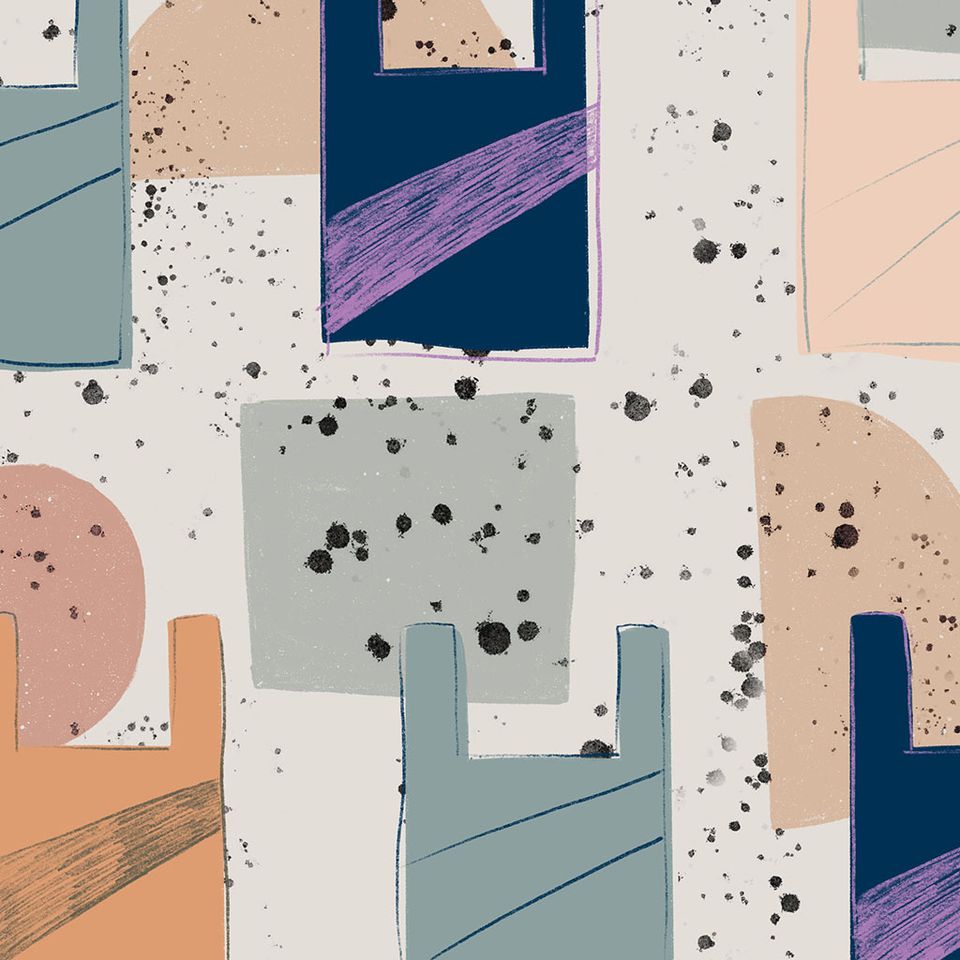
-
More work from Kesha Felipa
More work from Kesha Felipa

What inspires you and/or where do you draw inspiration from today?
I really am someone from my surroundings, despite my mother dragging me to a museum often enough as a child: pop culture is my muse. And that's certainly not just limited to black culture and hip-hop. I'm a 90s kid so it's diverse: from Nirvana, 90s Britpop, David Bowie to The Beatles. As a trained fashion designer, music videos, performances and the feeling that music can evoke in you are starting points to create work as in the form of designs or illustrations.
But my current sources of inspiration are still people like Kahlil Joseph, Jordan Peele, Kara Walker, Jay-Z & Beyoncé and bell hooks. The latest book I read in a jerk and for tone of voice and attitude is definitely going to inspire me is White Negro: when cornrows were in vogue...and other thoughts on cultural appropriation by Lauren Michele Jackson from 2019. Furthermore, Marcus J. Moore's biography on Kendrick Lamar is also about the resilience of a community: black musicians and artists in the US. A personal eye-opener that has meant a lot to me besides my identity as a maker as a person of colour born and raised in Europe is Frantz Fanon's book Black Skin, Whites Masks. Another book that has moved me is Holding Space by Aminata Cairo from 2021. Besides all the intense books and artworks, for me as a hybrid maker, Studio Ghibli's work is very important. Then I am talking specifically about these three titles: Kiki's Delivery Service (1989), My Neighbor Totoro (1988) and Spirited Away (2001). Japanese visual culture always fascinated me as a child. And through my teacher training, that link of being a Caribbean man and being crazy about Japanese culture has finally become clear. Until a few years back, people always looked at me strangely when I listed my mix of inspirations - of British music, hip-hop and Japanese culture. But because of the course at FHK and especially being nominated for the Jacques de Leeuw Prize and having to start thinking about what I was going to do with the prize money for my portfolio, I went to speak to one of the teachers at ABV who is a Japanologist but I've never taught myself, the penny finally dropped. They are all cultures that originated (sometimes with an in-between like hip-hop) on islands. And have learned it's called insular cultures. And that 'island mentality' has a lot of impact on the rituals, customs and thus the art and design of the island(s).
What do you think of Tilburg as a Stad van Makers?
I studied in the middle of the peak of the corona pandemic at FHK, so unfortunately, as a student, I didn't get much of a sense of what Tilburg is like as a City of Makers. I think I'll catch up on that in the near future as a Master Arts Education student at FHK.
Do you have any tips for other makers?
I got incredibly stuck for all sorts of reasons, personal and external. People describe me as modest: that's a 'difficult' trait within the creative industry, though. You do need to be able to 'hustle' to network or, get things like collaborations done.
What has actually helped me is after many conversations and workshops here and there about cultural entrepreneurship, personal branding and social media is to reflect well on all the information and feedback I have received over the years. What advice do you recognise yourself in? Why and why not? What do you take away? You won't be able to answer these kinds of questions right away, and that doesn't matter. It is difficult, though, because our society expects you, so you as a maker also expect yourself, to have everything in place right away when you finish your first education. That is - bummer - rarely the case. We as a society celebrate the young people who seem to have popped up out of nowhere like Billie Eilish. While most of us don't get it together financially until our late 30s or even our 50s. The big question sometimes remains: who am I as a creator? Instead of looking at the short term - which is hard as an early twentysomething - is to look at what do you all want to learn? And go out and do that. These days, you can find everything online. That path of taking all kinds of courses seems to take you further away from your goal, but often that goal is not the end goal, but an intermediate station. If you insist too much that you must necessarily work as a fashion designer, visual artist, illustrator, etc. MUST work, you miss out on that journey that will take you where you will really learn, enjoy and be fulfilled.
Lastly - something I quoted during my speech after winning Jacques de Leeuw Prize: The Cave You Fear From Holds The Treasure You Seek by Joseph Campbell. What within your makership are you terrified of and why? Besides that journey where you are not focused on the end goal - or as illustrator and podcast maker Andy J. Pizza refers to it as killing the final boss in a castle like in a video game like Zelda - is confronting your fears. Like your cultural identity, why making money is important or not, sticking to something; in that you find what you need to move forward. As I said that is often not in that final boss* to beat.
*exhibit in a world-famous museum or gallery, become a lecturer at Central St. Martins, have a studio in New York City, work at Dior etc.
Fontys University for the Arts
For those who make the world turn the other way...
You start from your artistic discipline and your critical attitude towards society.
In an open, free atmosphere and stimulating educational and research environment, you will shape your own artistic language and our common future together with other art students, teachers and the professional field.


